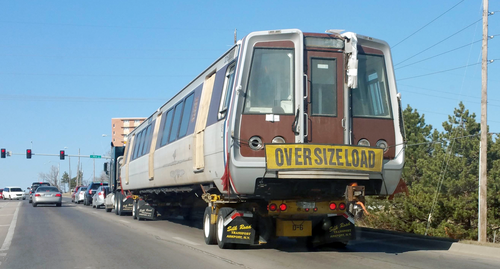The Washington Metro has not had a great recent few weeks to be sure. Of course, many DMV (DC, Maryland, Virginia) residents are aware of the $290 million budget gap the system faces this upcoming year, leading to cuts in bus and rail service, increases in fees, and continued declining ridership. The system was recently stripped of up to $15 million in federal funding because Maryland and Virginia were not able to come to an agreement on a new safety commission for the system by the February 9 deadline set by the previous Transportation Secretary Anthony Foxx (both states have made progress on the bills to fund the commission, although Virginia’s assistance of mandating labor changes to the Metro commission may cause some snags). And of course, SafeTrack surges 12 and 13 severely hamper the Blue Line, which is a key line taking Virginia residents into the city.
However, here is a piece of positive news; the oldest and least reliable cars of the system, the 1000 and 4000 series, are being retired and sent to the scrap yard. These cars were part of the original fleet back when the system was created in 1976, and have been still in use today. The 4000s are being retired first; they are the least reliable in that they have the lowest mileage traveled between failures (nearly 26,000 miles, 5 times less than the 6000 series, as shown in the graphic below (credit to GGW’s Matt Johnson)). You may also noticed that they were often located between 2000/3000 and 6000 series cars when making a 6 or 8-car train, because of their structural deficiencies compared to their other car counterparts.
Check out the video by WAMU 88.5’s transportation reporter Martin Di Caro as the old goes away…






Leave a Reply